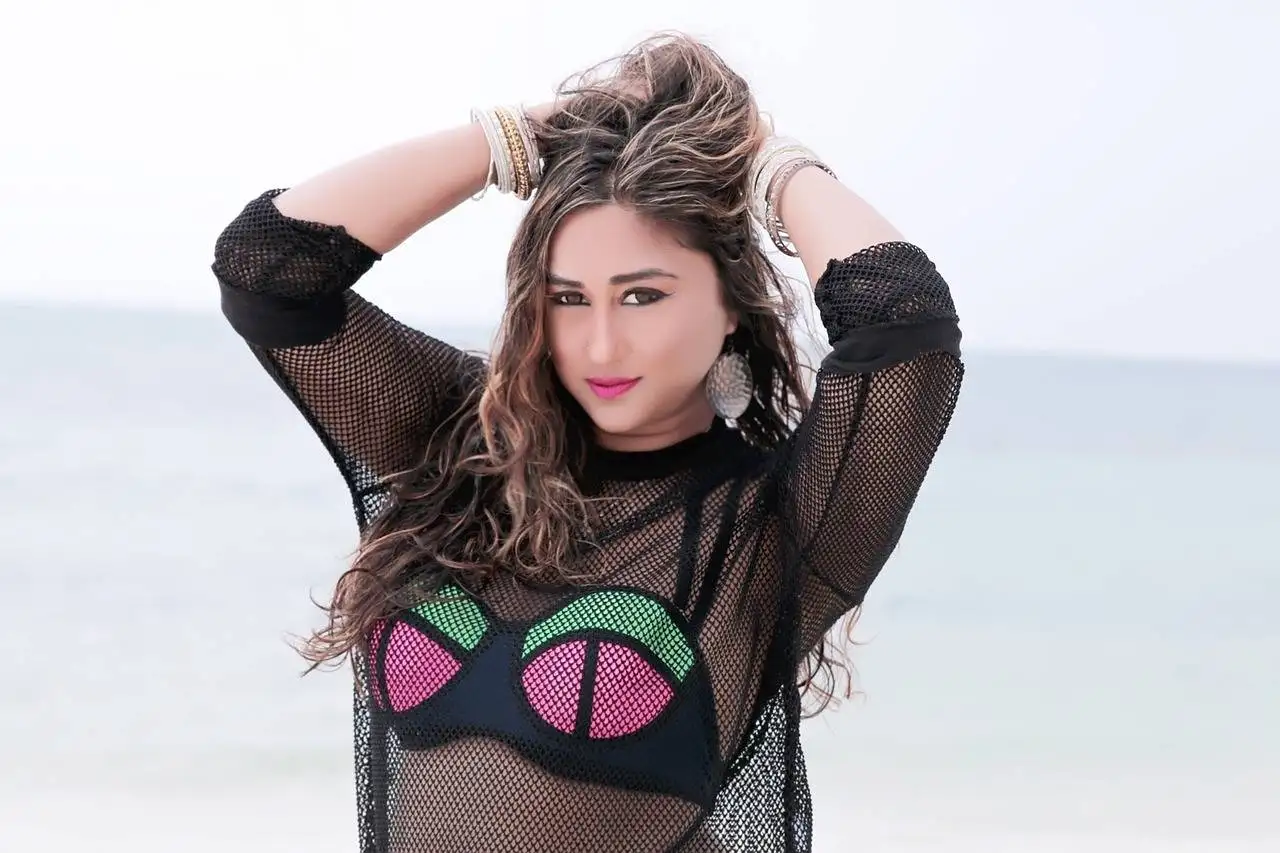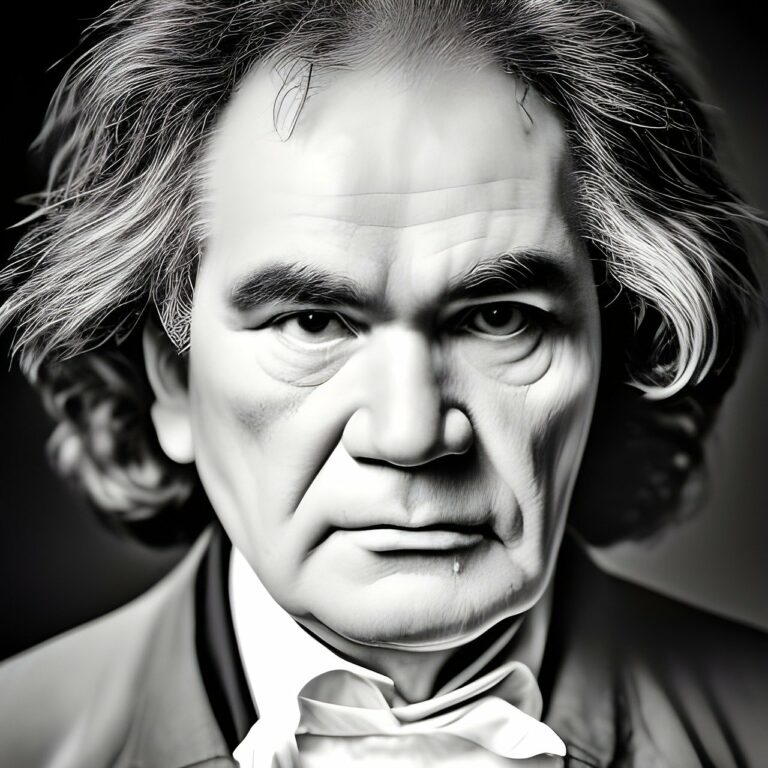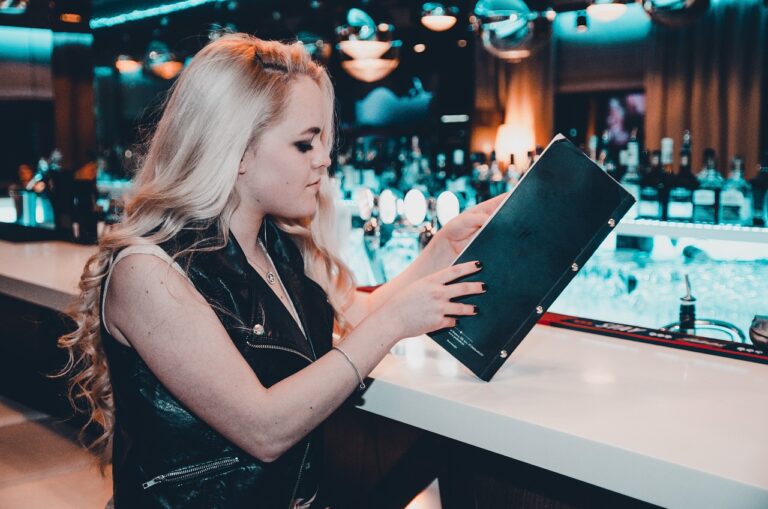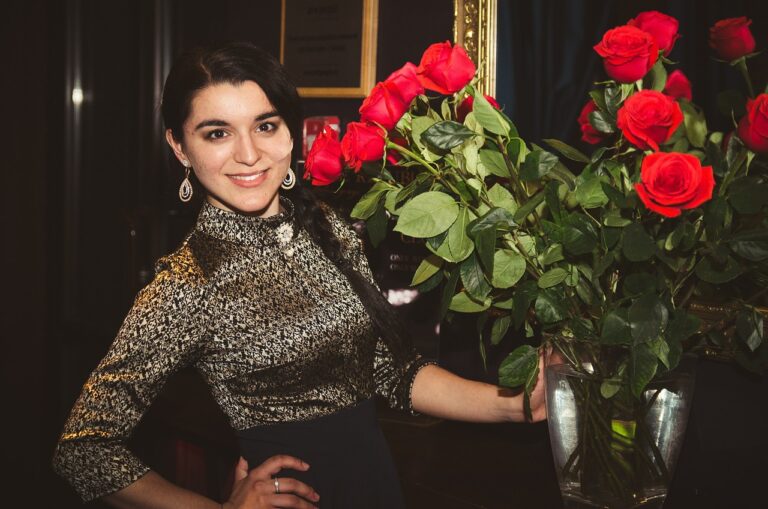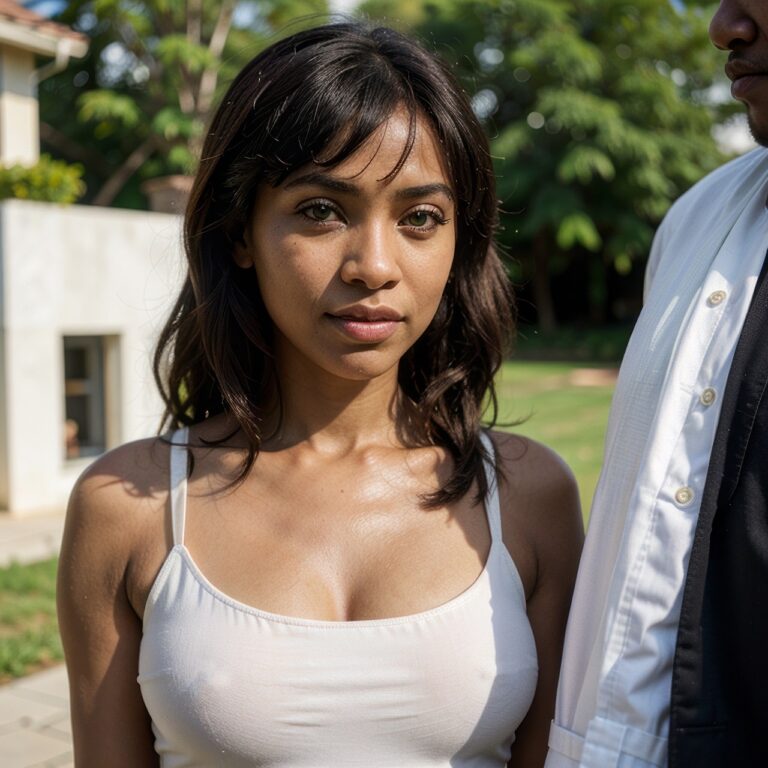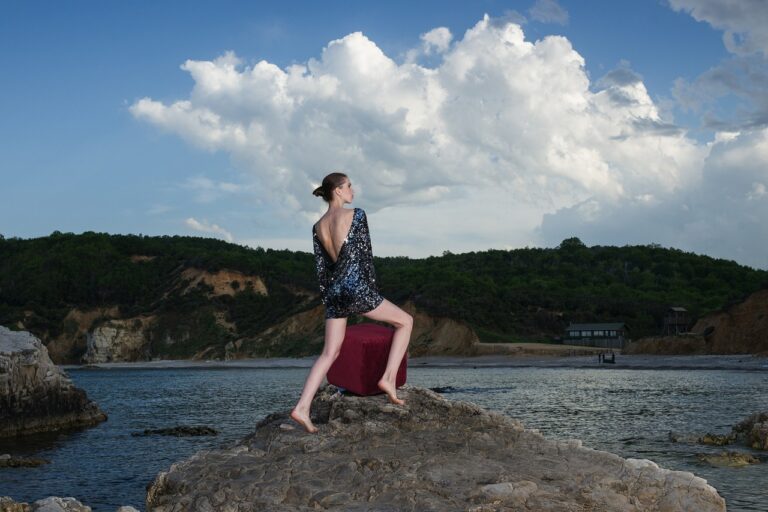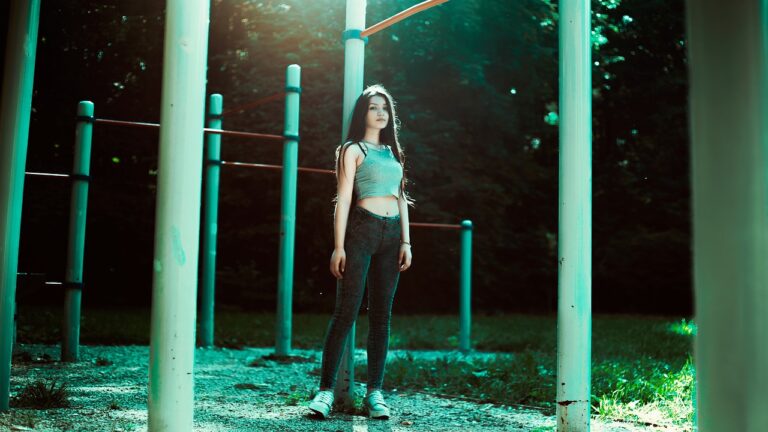Fashion Photography and Cultural Identity: Representation Matters: Sky247.net login, Gold365.com, Gold365.win
sky247.net login, gold365.com , gold365.win: Fashion Photography and Cultural Identity: Representation Matters
Fashion photography plays a significant role in shaping our perception of beauty, style, and culture. It is a powerful tool for expressing and showcasing different cultural identities and promoting diversity. The images we see in fashion magazines, advertisements, and social media platforms influence how we view ourselves and others. Representation matters in fashion photography because it can help break stereotypes, challenge norms, and celebrate the richness of diverse cultures.
Cultural Identity in Fashion Photography
Fashion photography is not just about clothing and accessories; it is about storytelling, creativity, and self-expression. When photographers and designers incorporate elements of different cultures into their work, they are not only showcasing beautiful garments but also sharing the stories and traditions behind them. This helps to create a more inclusive and diverse fashion industry that celebrates the uniqueness of each culture.
Representation in Fashion Photography
Representation in fashion photography is essential because it allows people from all backgrounds to see themselves reflected in the media. When we see models of different races, sizes, ages, and genders in fashion campaigns, it sends a powerful message that beauty comes in all shapes and colors. It helps to break down narrow beauty standards and promotes a more inclusive and accepting society.
Challenging Stereotypes
Fashion photography has the power to challenge stereotypes and misconceptions about different cultures. By showcasing the beauty and diversity of various ethnicities, it helps to break down barriers and foster understanding and appreciation. When we see people from different backgrounds represented in fashion photography, it reminds us that we are all part of a global community with our own unique stories and experiences.
Celebrating Diversity
Fashion photography can be a powerful tool for celebrating diversity and promoting cultural exchange. When designers and photographers collaborate with artists from different cultures, they create stunning visuals that highlight the richness and beauty of our world. By showcasing traditional garments, accessories, and hairstyles in a modern and creative way, fashion photography helps to keep cultural traditions alive and relevant.
Empowering Marginalized Communities
Representation in fashion photography is particularly important for marginalized communities who have been historically underrepresented in the media. When we see models of color, LGBTQ+ individuals, people with disabilities, and other marginalized groups in fashion campaigns, it sends a powerful message of empowerment and visibility. It helps to create a more inclusive and welcoming industry that values and celebrates diversity.
Conclusion
Fashion photography plays a crucial role in shaping cultural identity and representation in the media. By showcasing the beauty and diversity of different cultures, it helps to challenge stereotypes, promote inclusivity, and empower marginalized communities. Representation matters in fashion photography because it has the power to shape our perception of beauty, style, and identity in a positive and meaningful way.
FAQs
What is the role of cultural identity in fashion photography?
Cultural identity in fashion photography helps to showcase the beauty and diversity of different cultures, challenge stereotypes, and promote inclusivity and empowerment.
Why is representation important in fashion photography?
Representation in fashion photography is crucial because it allows people from all backgrounds to see themselves reflected in the media, helps to break down barriers, and promotes a more inclusive and diverse industry.
How does fashion photography empower marginalized communities?
Fashion photography empowers marginalized communities by showcasing models of color, LGBTQ+ individuals, people with disabilities, and other underrepresented groups in campaigns, promoting visibility and acceptance.

